Use the information marked to prove :
(i) (ii)
Also state the Euclid's axiom used in proving the congruency of two triangles.
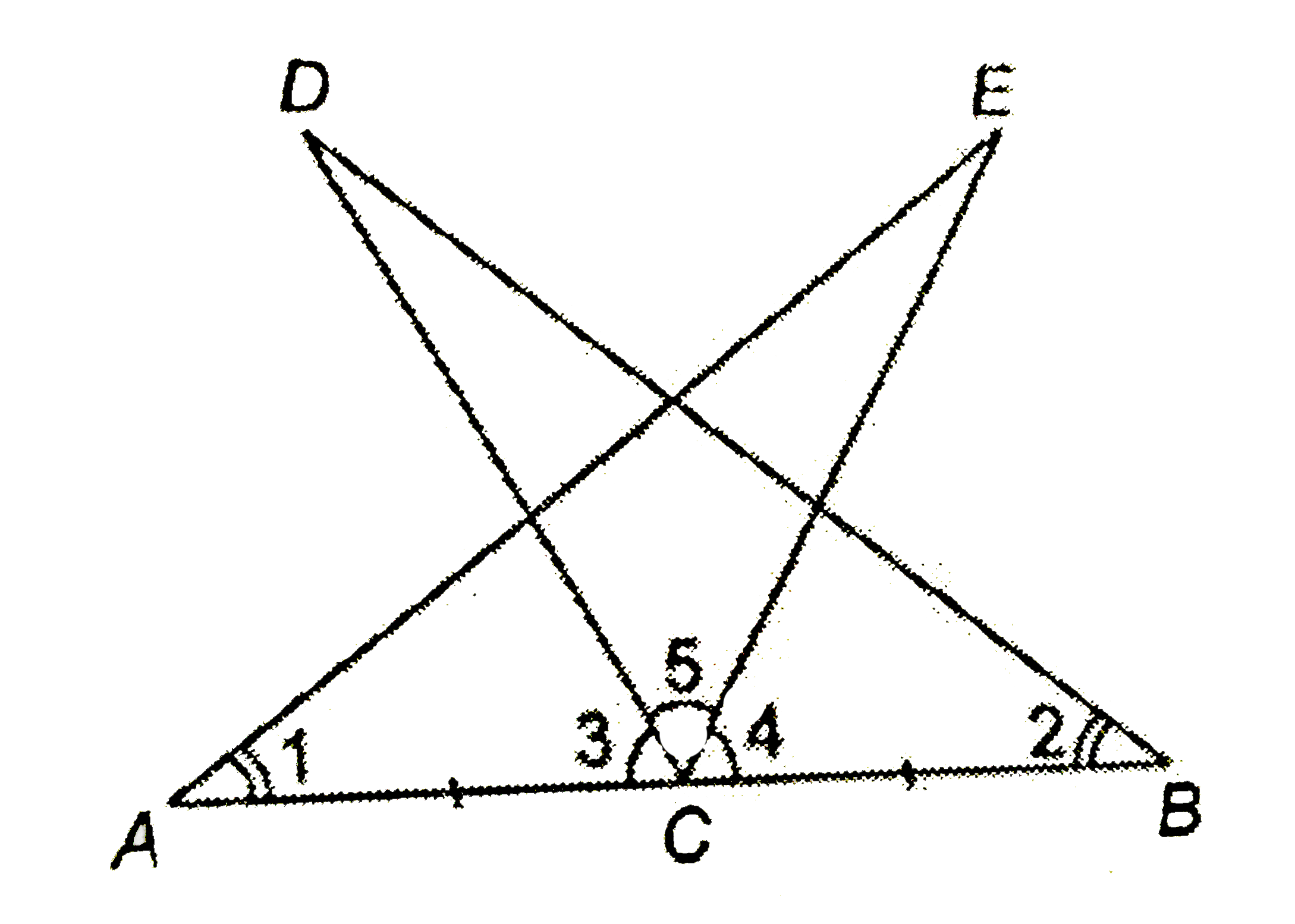
(i) We have (given)
(adding same angle on both sides)
This is the second axiom of Euclid : If equals are added to equals, the wholes are equal.
Now, in and ,
(ASA) Hence Proved.
(ii) Therefore, (by c.p.c.t) Hence Proved.
Topper's Solved these Questions
- BOOK - NAGEEN PRAKASHAN ENGLISHCHAPTER - TRIANGLESEXERCISE - Problems From NCERT/exemplar5videos
TRIANGLES
- BOOK - NAGEEN PRAKASHAN ENGLISHCHAPTER - TRIANGLESEXERCISE - Exercise 7a35videos
TRIANGLES
- BOOK - NAGEEN PRAKASHAN ENGLISHCHAPTER - SURFACE AREA AND VOLUMEEXERCISE - Revision Exercise (long Answer Questions)10videos
SURFACE AREA AND VOLUME
Similar Questions
Use the information in the given figure to prove :
(i) AB = FE
(ii) BD = CF
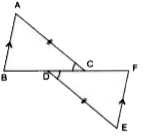 View Solution
View SolutionUse the information given in the adjoining figure, to prove :
(i) ΔDBC≅ΔEAC.
(ii) DC = EC.
 View Solution
View SolutionIn the figure given alongside, squares ABDE and AFGC are drawn on the side AB and the hypotenuse AC of the right triangle ABC.
If BH perpendicular to FG, prove that :
(i) ΔEAC≅ΔBAF.
(ii) Area of the square ABDE
= Area of the rectangle ARHF.
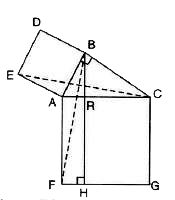 View Solution
View SolutionIn the figure given alongside, squares ABDE and AFGC are drawn on the side AB and the hypotenuse AC of the right triangle ABC.
If BH perpendicular to FG, prove that :
(i) ΔEAC≅ΔBAF.
(ii) Area of the square ABDE
= Area of the rectangle ARHF.
 View Solution
View SolutionLine-segments AB and CD bisect each other at O. AC and BD are joined forming triangles AOC and BOD. State the three equality relations between the parts of the two triangles that are given or otherwise known. Are the two triangles congruent? State in symbolic form, which congruence condition do you use?
View SolutionAttempt to prove Euclid 's fifth postulate using the other postulates and axioms led to the discovery of several other geometries.
View Solution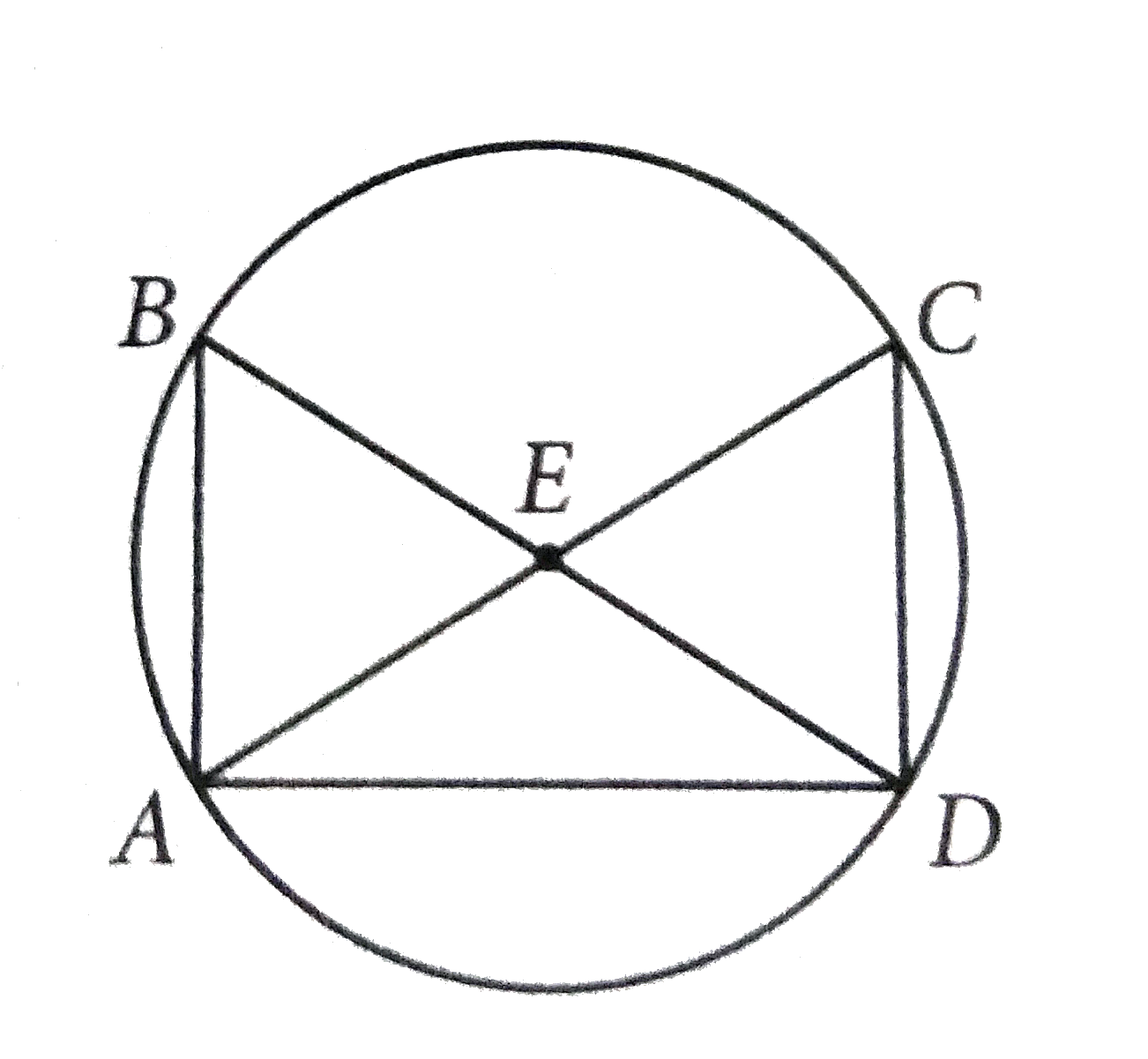
¯¯¯¯¯¯ACand¯¯¯¯¯¯BD are diameters of circle E above. Which triangle congruence theorem can be used to prove that △AEB is congruent to △DEC?View SolutionFor the case shown in figure shown in figure prove the relations r'−r=A and δ=1(i−e)+A (do not try these relations because the prism is normally not used on this way).
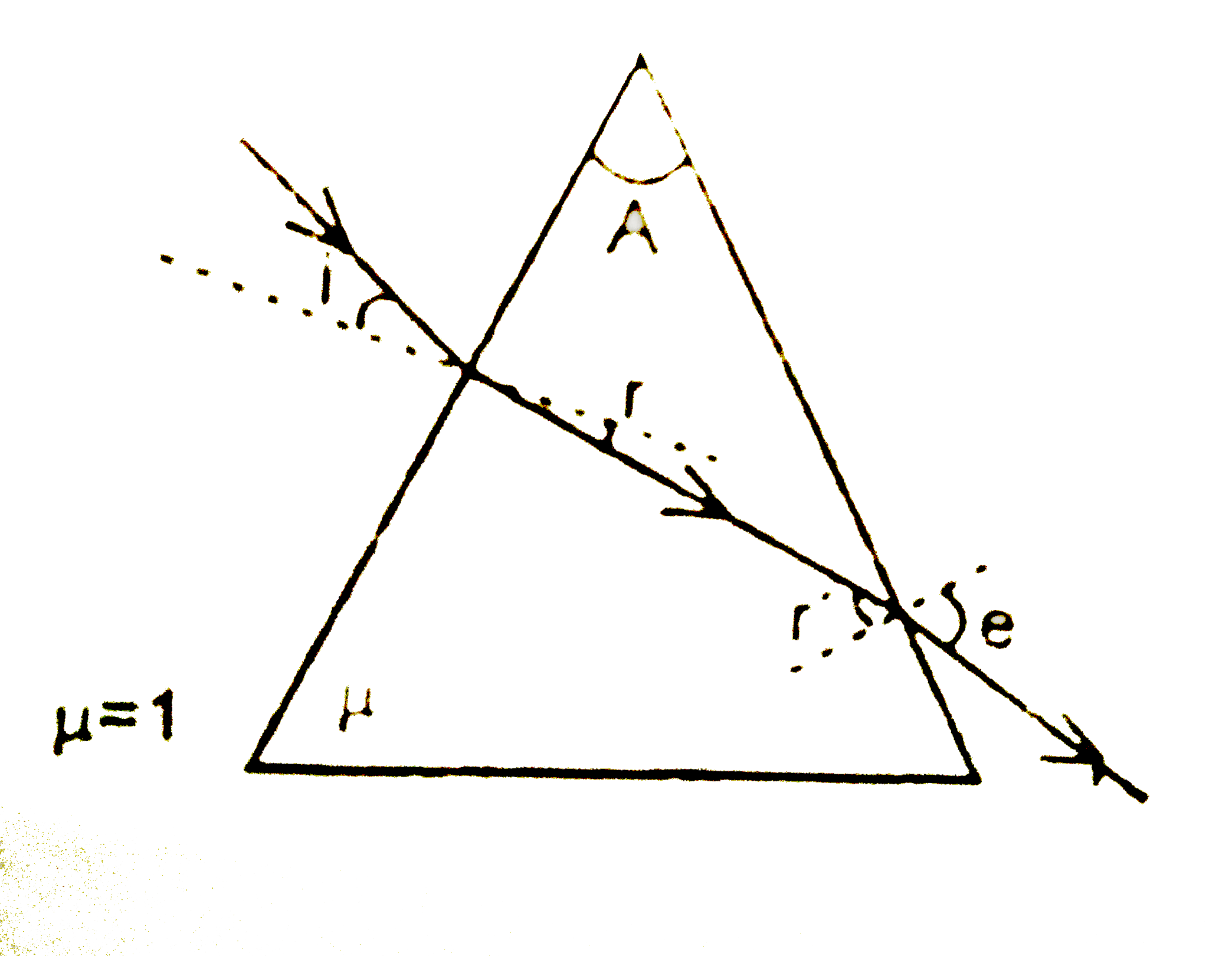 View Solution
View SolutionUsing the scale of 1 cm to 1 unit for both the axes, draw the graphs of the following equations: 6y=5x+10,y=5x−15.
From the graph find
(i) the co-ordinates of the point where the two lines intersect,
(ii) the area of the triangle betwee the lines and the x-axis.View SolutionThe marks obtained by 120 students in a Mathematics test are given below:

Using the informations, given above, draw an ogive on a graph sheet. Take a suitable scale for your ogive. Use the ogive drawn to estimate :
(i) the median.
(ii) the number of students who obtained more than 75% marks in the test.
(iii) the number of students who did not pass in the test if the pass percentage was 40.View Solution

